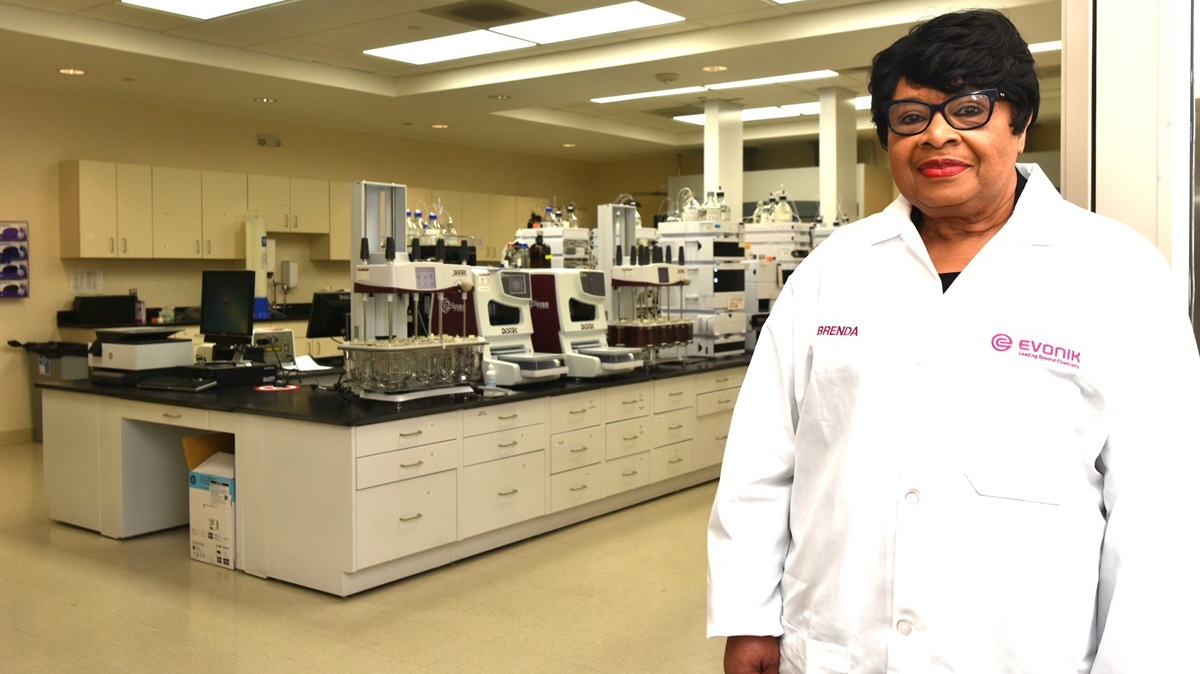HudsonAlpha cotton study reveals surprising similarities between wild, domesticated cotton

Agricultural research and innovation is an important part of the Hudson Alpha Institute for Biotechnology's mission. (HudsonAlpha)
Plant genomics researchers at Huntsville’s HudsonAlpha Institute for Biotechnology announced the surprising results of a cotton sequencing study led by Jane Grimwood and Jeremy Schmutz, who co-direct the HudsonAlpha Genome Sequencing Center (HGSC). The goal of the project was to identify differences among wild and domesticated cotton that could be used to bring back traits like resistance to disease or drought. The results led researchers to unexpected conclusions, as described in their paper in Nature Genetics.
“The importance of this study is that it helps us understand more about cotton fiber development,” said Grimwood, who is a faculty investigator at HudsonAlpha. “But perhaps more importantly, it reinforces the surprising concept that wild and domesticated cotton is remarkably similar, leading us to the conclusion that we will need to work on other approaches to generate diversity for cotton species.”
For the study, the group sequenced and pieced together the complete genomes of five different species of cotton – both wild and domesticated – for comparison. The genomic analysis showed that two ancestral diploid cotton genomes came together between 1 million and 1.6 million years ago to form the modern tetraploid cotton.

A newly published study helps us understand more about cotton fiber development, says HudsonAlpha Genome Sequencing Center co-director Jane Grimwood. (HudsonAlpha)
“When we compared the wild cotton plants to domesticated cotton, we expected to see that the wild traits had been lost,” said Schmutz, a faculty investigator at HudsonAlpha. “What you typically see with these crops is that all the selection has gone into improving production, potentially at the cost of losing beneficial genetic material from the wild species.”
The wild and domesticated genomes, it turns out, were incredibly similar.
“There’s less diversity between what are supposed to be different species of cotton than between two humans or even within different cells in a single human body,” Schmutz said.
This lack of diversity means researchers won’t be able to easily reach into the wild cotton gene pool to introduce into cultivated cotton plants lost traits such as disease resistance.
“We can’t rely only on the gene pool to make changes to cotton as a crop because those wild genes don’t exist. The only real way forward is really going to be targeted genome editing,” Schmutz said.
Though the group was surprised to find so much similarity among the cotton genomes, they did find some useful variation. Wild cotton, for instance, has more genetic disease resistance triggers than cultivated cotton, which tends to be more vulnerable.

Targeted genome editing will be the next step in researchers’ quest for genetically improved cotton, says HudsonAlpha Genome Sequencing Center co-director Jeremy Schmutz. (HudsonAlpha)
“This is the basis from which we can start to compare what else we can do with existing cotton diversity,” Grimwood said. “Breeders have selected for ‘improved’ strains of cotton based on how the plants perform in the field, but they don’t necessarily have a full understanding of the changes they are making on the genetic side. With this new information, they can really look at what their selections are doing on a genetic level.”
Though the project results were unexpected, the team is confident the newly assembled cotton genomes will benefit cotton producers and the cotton industry.
Don Jones, director of Agricultural Research at the nonprofit Cotton Incorporated, said reference-grade assemblies are significant for improving the sustainability of cotton production.
“The results described in this Nature Genetics publication will facilitate a deeper understanding of cotton biology, and lead to higher yield and improved fiber while reducing input costs. Growers, the textile industry and consumers will derive benefit from this high-impact science for years to come,” Jones said.
This work is supported by grants from the National Science Foundation, U.S. Department of Agriculture and Cotton Inc. In addition to the HudsonAlpha team, the publication included researchers from 12 institutions: the University of Texas at Austin; Nanjing Agricultural University in Nanjing, China; Texas A&M University in College Station, Texas; the U.S. Department of Agriculture in Raleigh, North Carolina, and Stoneville, Mississippi; Zhejiang A&F University in Lin’an, China; Clemson University in Clemson, South Carolina; Iowa State University in Ames, Iowa; the U.S. Department of Energy Joint Genome Institute in Walnut Creek, California; Mississippi State University; Alcorn State University in Lorman, Mississippi; and Cotton Inc. in Cary, North Carolina.





